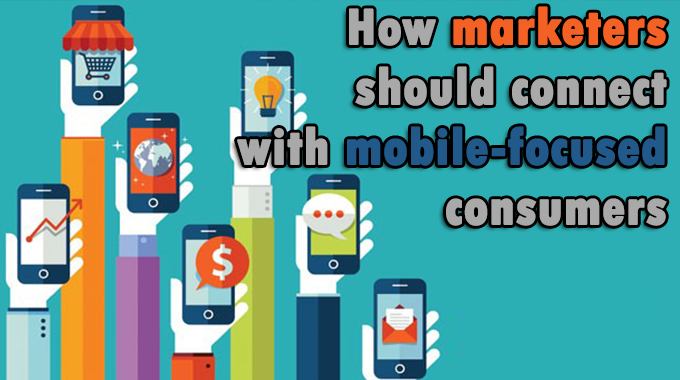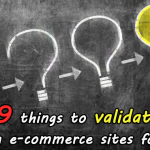How marketers should connect with mobile-focused consumers

In digital marketing, gone are the days of separating mobile and desktop customers.
Marketing and PR pros must adapt to the growing number of smartphone users who consult their mobile devices before making a purchase.
Google reports that in order to meet this growing trend, marketers should account for new conversion types and think about measurement in a way that connects with consumers using various screens and channels.
“Many businesses still measure conversions and cost per acquisition for mobile devices and desktop separately ,” a recent Think with Google report says. “They’re not accounting for micro-moments that happen on numerous screens in a consumer’s path to purchase. You don’t have mobile customers and desktop customers. You just have customers.”
Mobile marketing comes into play most when consumers take action. Google considers these “micro-moments” to be opportunities for brand managers to meet their customers where decisions are being made.
Recent Google/Nielsen data show that when users use their smartphones to help make a decision, 57 percent are more likely to visit a store, 39 percent more likely to call a business and 51 percent more likely to make that purchase.
Marketing and PR pros can best connect with consumers on an array of screens using these four tactics:
Look beyond mobile sales
Whether consumers are looking for prices, sizes or reviews, it’s important to consider all the ways they’re using mobile access to connect with your brand.
AdWords —Google’s paid advertisement division—can measure the full scope of your digital spending. From in-store purchases to impulse buys using apps, this tool can help determine which platforms influenced your sales the most.
Satisfy multi-device behavior
From performing searches to watching videos, Google/Ipsos data show that 90 percent of consumers use their smartphones for what’s called “everyday use.” This is often tracked using analytical data.
Forty percent of consumers use their mobile devices to research a product before they make a purchase through desktop access. These consumers have a greater chance of being influenced by marketing. Determining what channels are driving these purchases is called attribution.
The article—“ The Path to Better Measurement: Analytics and Attribution ”—advises marketers to pay attention to the conversation rates of both options.
Use analytics to better understand your customer’s experience, and then use attribution to gauge the success of your marketing efforts. Combined, these tactics can drive your audience to places where they can engage with you and other consumers—and you can convert them into customers.
Measure phone calls and app installs
BIA/Kelsey data show that mobile phone calls convert customers at a higher rather than website visits. Marketers should consider a mobile call the same as a mobile conversion.
Installing your organization’s mobile app doesn’t mean you have a new customer. Google marketers advise treating app users as high-value customers—even if their purchases don’t happen on your app.
Here’s how Walgreen’s exemplified this strategy from a recent case study :
Walgreens’ app let customers refill prescriptions via SMS or a barcode scan and launched a “web pick-up” feature that let people order on their phones and pick up in-store. Between 2011 and 2012, Walgreens doubled mobile app downloads and saw 52 percent of digital refills come from mobile phones (a rate of one mobile refill per second). Walgreens discovered that shoppers who use the app spend six times more than shoppers who don’t.
Manage consumers through all departments
From brand marketing to merchandising efforts, the effect that “micro-moment” analysis can have on your organization depends on your ability to coordinate initiatives. Your consumers have different things that drive them; it’s important to approach your marketing strategy with a mindset that includes feedback from a variety of departments.
Make sure your teams are talking to each other and tracking goals and results together. Offer incentives or encourage regular meetings to improve interdepartmental communication.
___
by CLARE LANE

